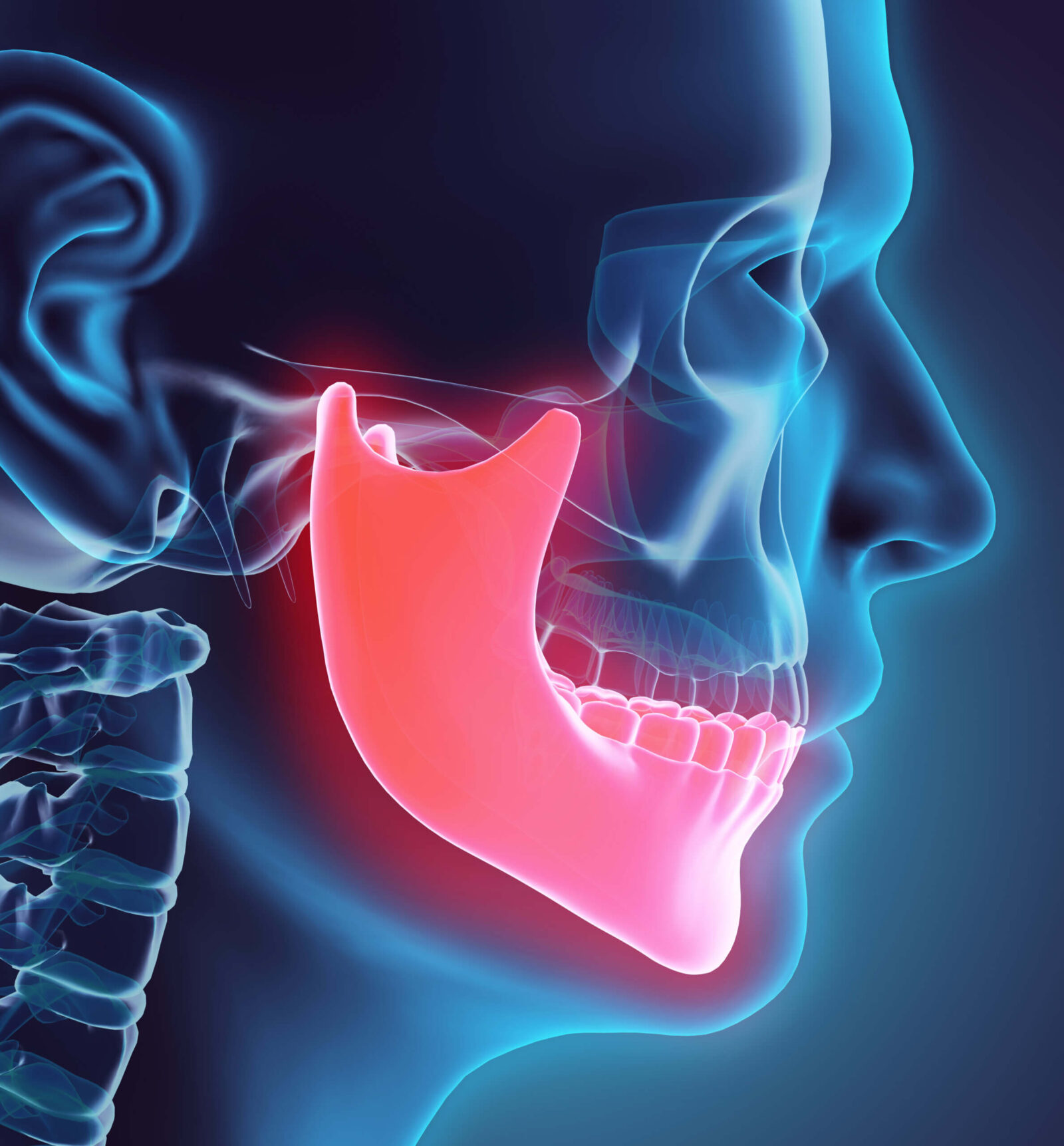
Introduction to Osteoradionecrosis
Osteoradionecrosis (ORN) is a serious complication that can arise in patients who have undergone radiation therapy for head and neck cancer. It occurs when radiation damages the bone tissue, leading to poor blood supply and eventual bone death. ORN is notoriously difficult to treat and can cause significant pain and disability for those affected.
The Challenges of Osteoradionecrosis Treatment
Traditional treatment options for ORN often involve surgery to remove the dead bone tissue, but this approach can be invasive and may not always be successful. Additionally, surgery carries the risk of complications and prolonged recovery times. As a result, researchers and healthcare providers have been exploring alternative therapies to improve outcomes for patients with ORN.
Understanding Hyperbaric Oxygen Therapy (HBOT)
One non-invasive modality for ORN is hyperbaric oxygen therapy (HBOT). HBOT involves breathing pure oxygen in a pressurized chamber, which increases the amount of oxygen in the bloodstream and promotes healing. This therapy has been used successfully to treat a variety of conditions, including wounds that are slow to heal due to poor circulation. ORN is typically covered by most insurance providers.
How HBOT Can Help with Osteoradionecrosis
In the case of ORN, HBOT can help in several ways. First, the increased oxygen levels delivered during HBOT stimulate the growth of new blood vessels, improving blood flow to the affected area. This enhanced blood flow can help to deliver essential nutrients and immune cells to the damaged bone tissue, promoting healing and reducing the risk of infection.
Second, HBOT has anti-inflammatory effects, which can help to reduce swelling and pain associated with ORN. By decreasing inflammation, HBOT may also help to preserve healthy tissue and prevent further damage to the bone.
Research Supporting the Efficacy of HBOT for ORN
Studies have demonstrated the benefits of HBOT for patients with ORN. For example, a study published in the Journal of Oral and Maxillofacial Surgery found that HBOT significantly reduced pain and improved healing in patients with ORN compared to standard treatment alone. Another study published in the Journal of Cranio-Maxillofacial Surgery reported similar findings, with HBOT leading to faster resolution of ORN symptoms and improved quality of life.
In conclusion, hyperbaric oxygen therapy offers a promising adjunctive treatment option for patients with osteoradionecrosis. By improving blood flow, reducing inflammation, and promoting tissue healing, HBOT can help to alleviate pain and improve outcomes for individuals living with this challenging condition. As research in this field continues to advance, HBOT may become an increasingly important tool in the management of ORN, offering hope and healing to those in need.